 |
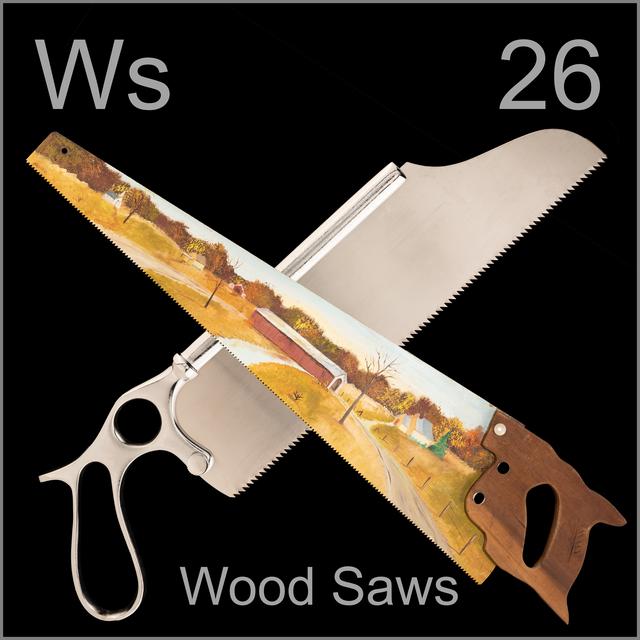
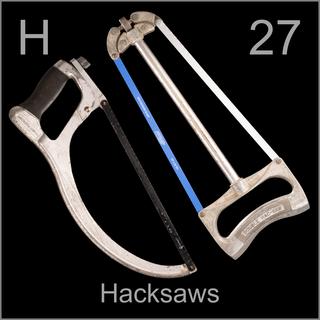 |
Leave a comment below! Or click on an individual tool to see more or leave a comment about that tool. |
|
 |
|
 |
| Japanese pull saws are actually quite commonly available in the West, from American brands. They may not be as pretty as the authentic hand-made style, but they work nicely for the jobs they are suited to. |
 |
| This saw is about as long as you can go before you need a handle on the other end, and a second person. |
 |
| The saws used in serious miter boxes were very long back saws, with a thick, heavy reinforcing rib on the top to keep the saw perfectly straight. |
 |
| Large two-person saws have huge teeth with very deep notches, needed for the thick logs these saws are used on. |
 |
| Crosscut saw with teeth on back. |
 |
| Saw painting, a folk art tradition, is an excellent use for old saws. |
 |
| Bone saws, for surgery or butchering (or both if you’re a terrible surgeon) have teeth very similar to rip saws for wood. This would indicate that bone is similar in hardness to wood, and does not have a grain structure, both of which are true. |
 |
| This saw has a little segment of extra teeth on the top side, labeled as being for cutting nails (so you don’t ruin the teeth on the main cutting side). |
 |
| Modern saws have more complex, bevel-ground and induction-hardened teeth, which work well for both ripping and crosscutting. |
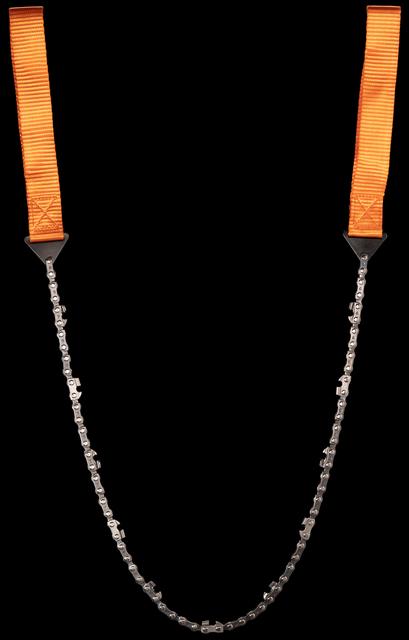 |
| This saw for cutting firewood while camping is nothing more than a chain saw blade with strap handles on each end. Its selling point is that the whole thing weighs very little and folds up into a small pouch. |
 |
| Two-Man Saw |
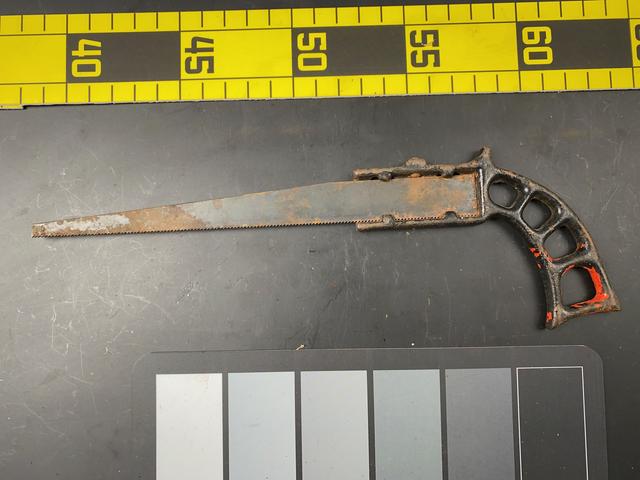 |
| Keyhole Saws |
 |
| Some tree pruning saws cut on the pull stroke. When you’re reaching over your head to cut a branch from the top, pulling turns out to be the more comfortable direction to apply pressure. |
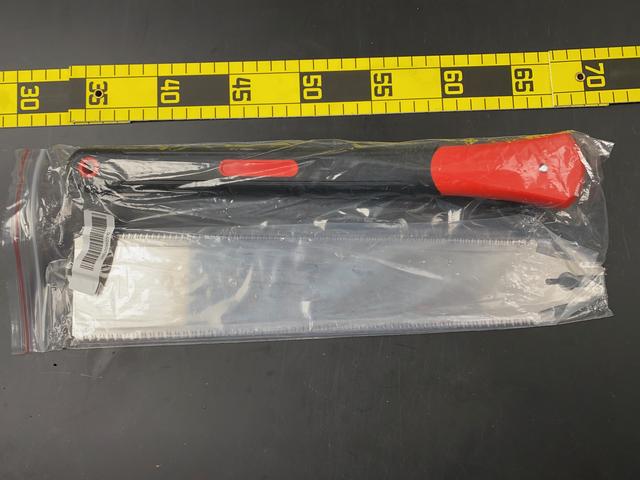 |
| A traditional-style Japanese pull saw with replaceable blade. Cheaply made in China. |
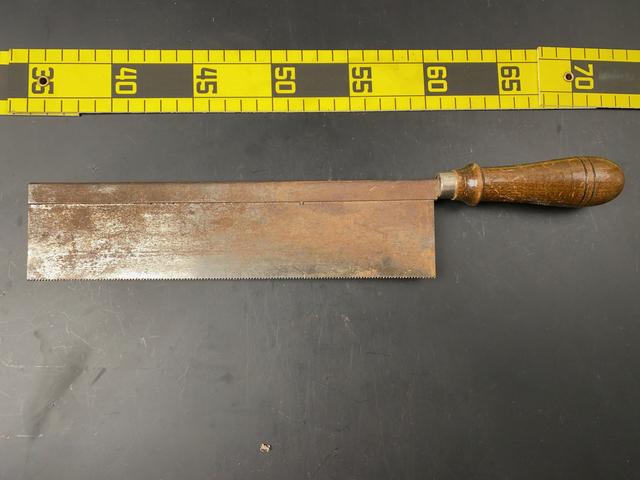 |
| Back Saw |
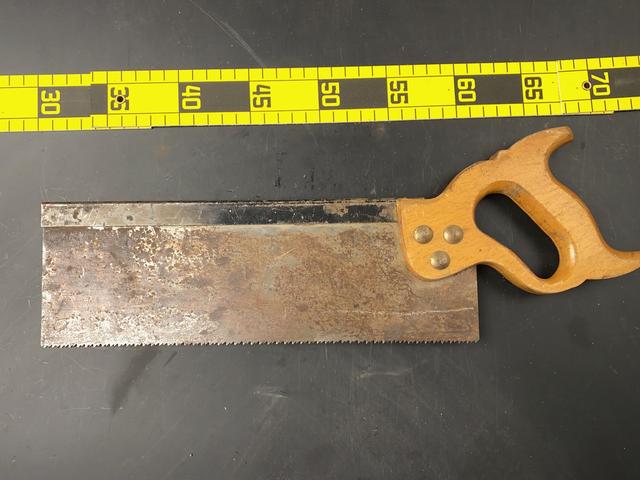 |
| Back Saw |
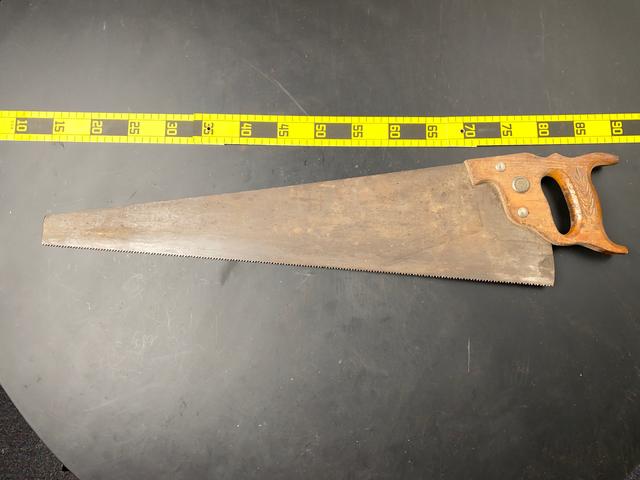 |
| Old saws like these make great wall decorations in rustic-themed restaurants. Some have beautiful handles with chip-carved designs. They are the reason I was so eager to get my first power saw, as soon as my parents felt I was old enough not to cut my thumb off with it. |
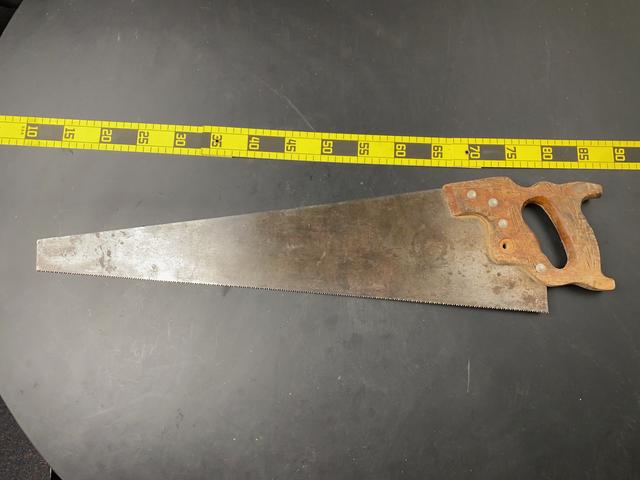 |
| Crosscut Saw |
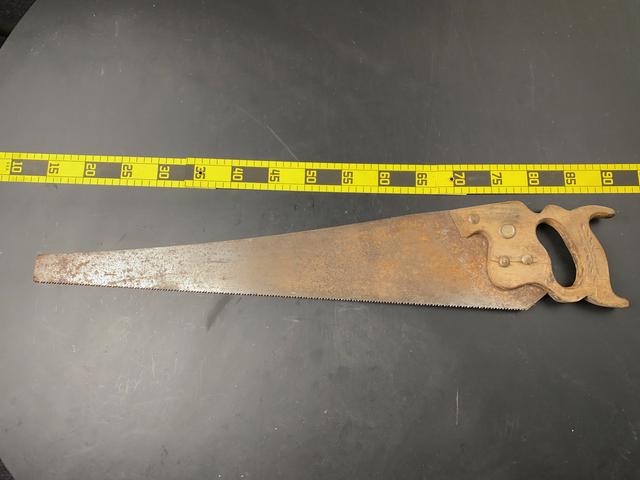 |
| Crosscut Saw |
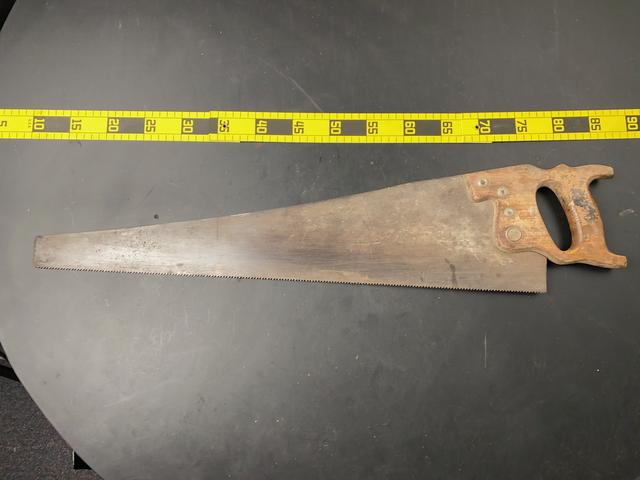 |
| Rip Saw |
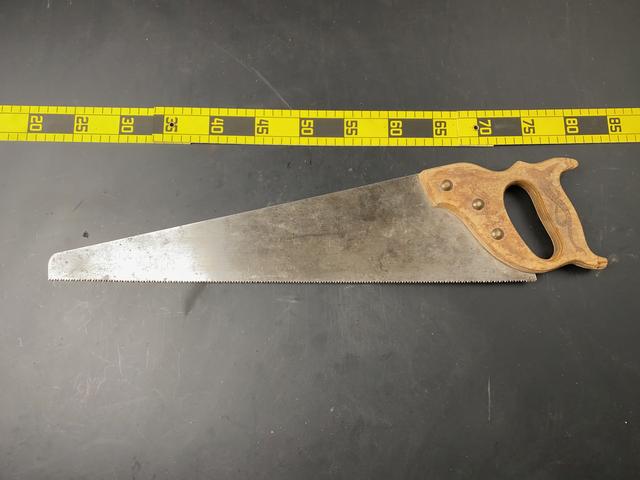 |
| Old cross-cut saws have triangular knife-like teeth meant to cut through the grain, more so than scoop the wood out. |
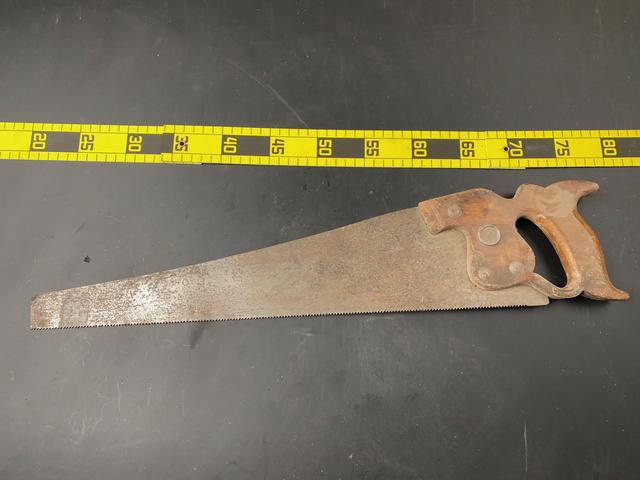 |
| Rip Saw |
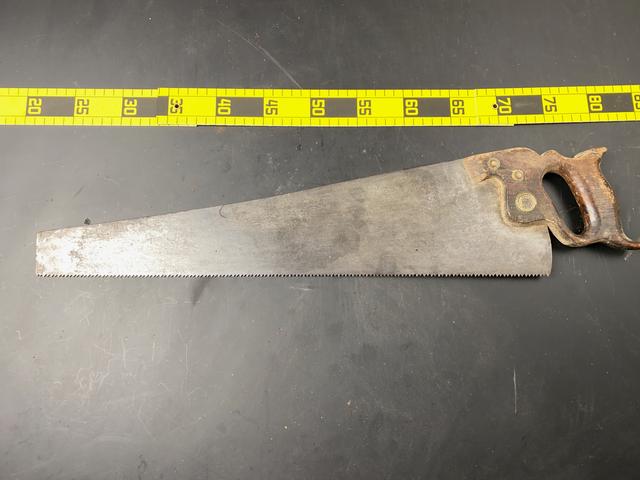 |
| Crosscut Saw |
 |
| Crosscut Saw |
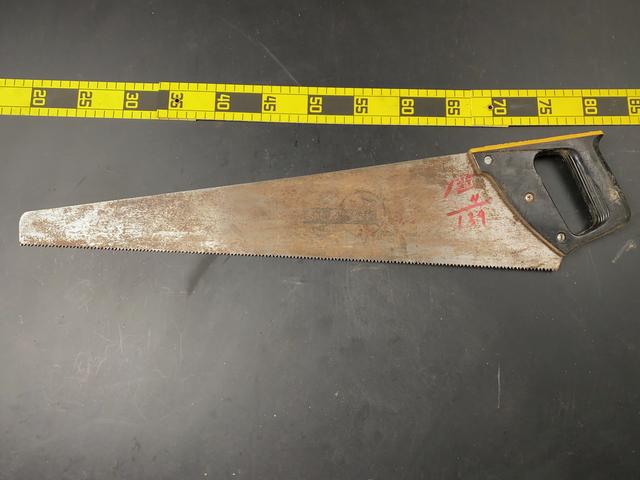 |
| Crosscut Saw |
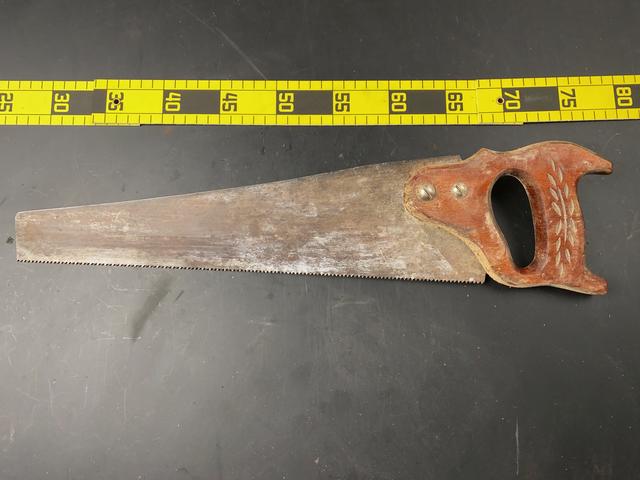 |
| Crosscut Saw |
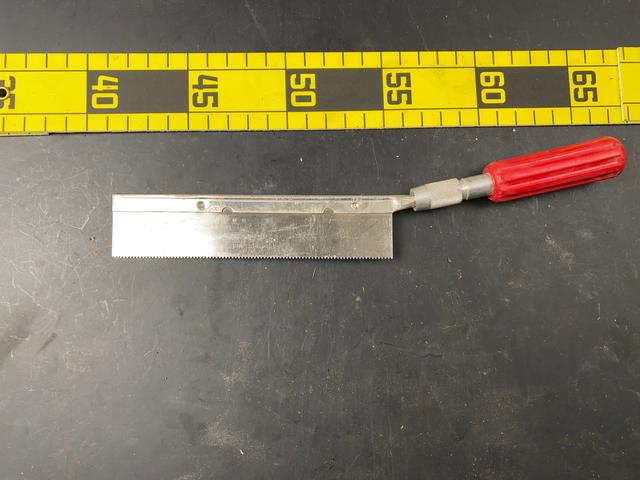 |
| Very small backed saws are sometimes called razor saws. They have very fine teeth, and are used for model making and other delicate work in soft woods or soft metal. |
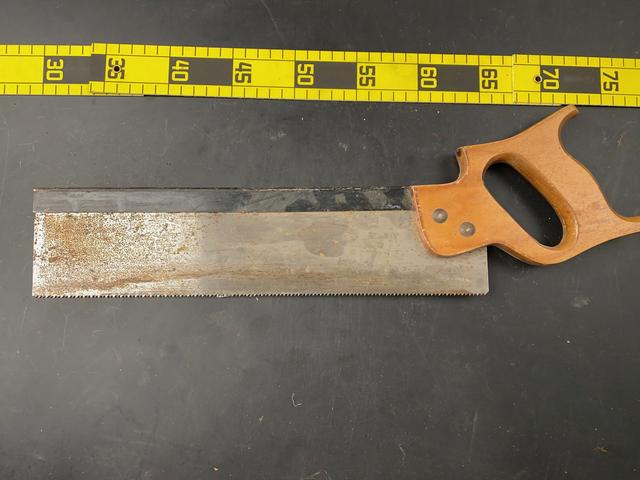 |
| Back saws have a stiffening rim on the back. They typically have fine, closely spaced teeth to let you do the job of a dovetail router or tenoning cutter manually. |
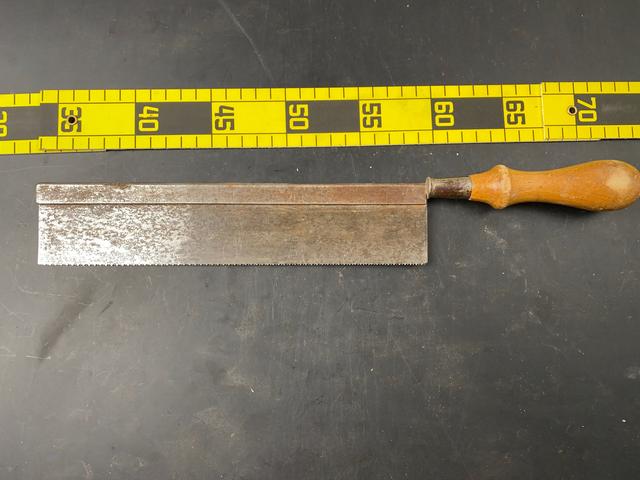 |
| Back Saw |
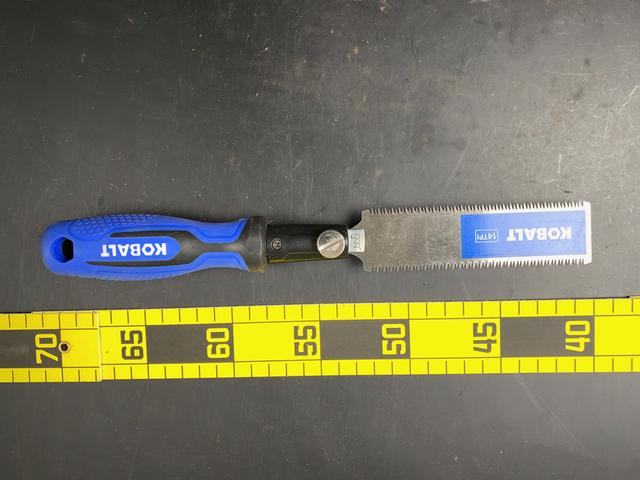 |
| This convenient handle can hold pull saws, standard hacksaw blades, and reciprocating saw blades, if you want to turn a power saw blade into a manual saw. |
Do you have a better example of this kind of tool? Let me know by leaving a comment, and include a picture of it if you can so everyone can see!